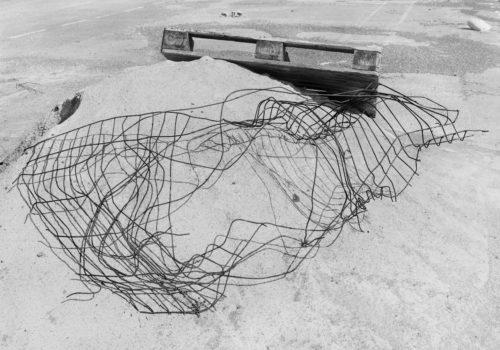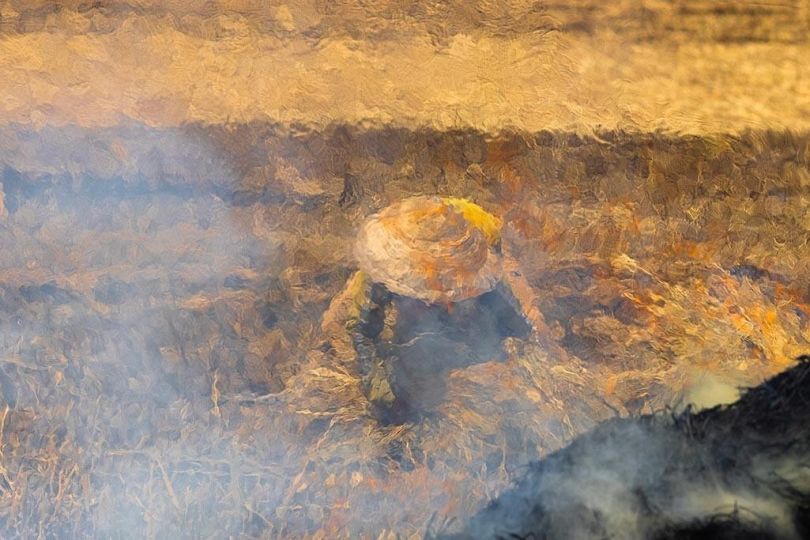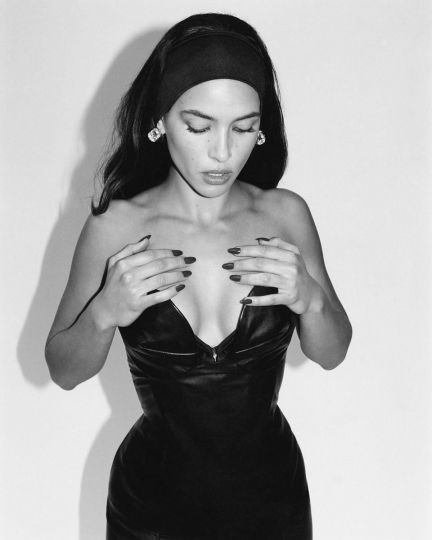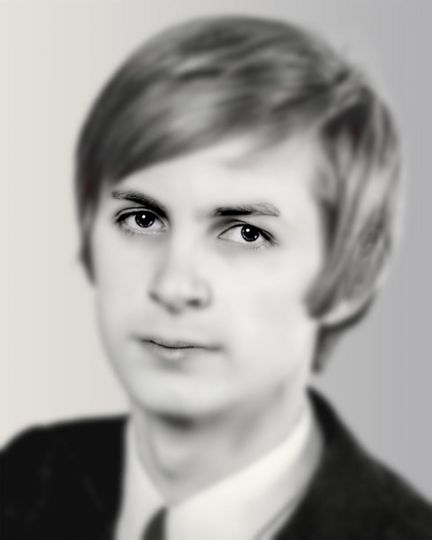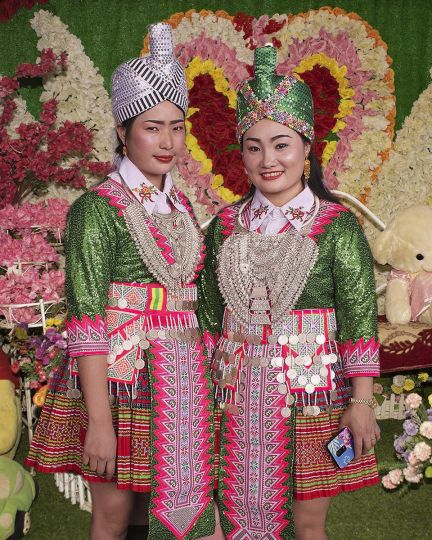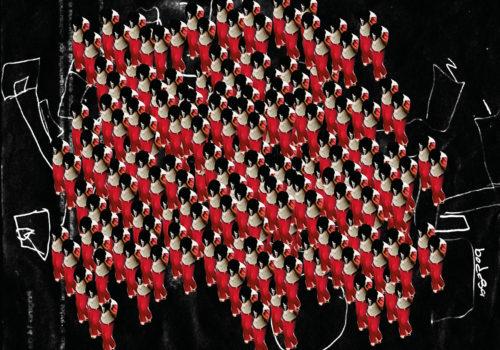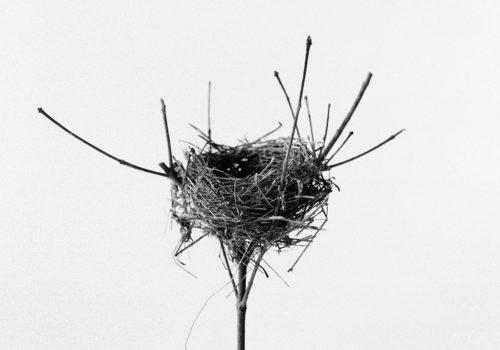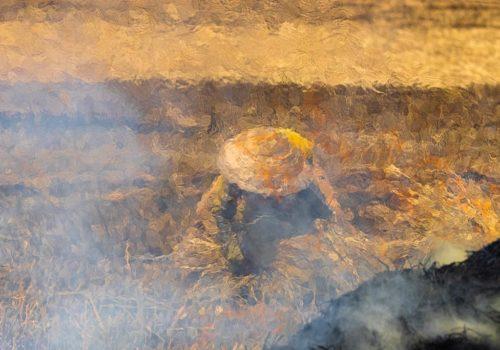The Fondation Henri Cartier-Bresson and the Fondation d’Entreprise Hermès are presenting The Inhabitants, an exhibition by Raymond Meeks, until January 5, 2025.
The Fondation d’Entreprise Hermès provides long-term support for the visual arts, particularly through the Immersion program, a Franco-American photographic commission. Launched in 2014, this program aims to support contemporary photography in France and the United States.
In partnership with the Henri Cartier-Bresson Foundation in Paris and the International Center of Photography in New York, the Hermès Corporate Foundation has imagined a system of cross-residencies between France and the United States to encourage the production of series of original works giving rise to exhibitions in these two institutions as well as dedicated publications. On the principle of alternation, in turn a French photographer stays in the United States and an American photographer carries out his residency in France. The winner, chosen by an international jury of experts, benefits from a scholarship and support from the publishing sponsor, a recognized professional in the world of photography.
Sixth winner of Immersion, the American Raymond Meeks was accompanied throughout his residency in France by David Campany, Curator at Large for the International Center of Photography (ICP) in New York and sponsor of this edition.
In 2022, Raymond Meeks spent several weeks in the Calais region and the Basque Country, on the Spanish border, following in the footsteps of refugees who seek to cross the limits imposed by men. The series “The Inhabitants”, in black and white as well as in color, draws the eye into sometimes innocuous, sometimes monumental, potentially hostile spaces, between vast horizons and fenced views. This work extends an artistic approach devoted to the way in which human beings inhabit the world and which engages the photographer to work on what connects him to others.
“[Raymond Meeks] chose not to photograph the faces of those who left their homes in search of a better future, but rather the places and traces of their homelessness. There is a shoe in the ground, a blanket rolled up on the earth, a jacket hanging on branches. The photographer was particularly interested in the inhospitable spaces that migrants temporarily inhabit: ditches, embankments, highway shoulders, river banks, wastelands and other non-places. Even when they are not directly visible, rivers are particularly present in these images. As if the flow of migration was metaphorically represented by these waterways. But there are also many obstacles – stony embankments, concrete blocks, tangle of brambles or barbed wire – which we imagine are not much compared to those that the refugees must overcome on a daily basis. Testimony to this other murderous story that was the Hundred Years’ War, The Burghers of Calais, as they were sculpted by Auguste Rodin, also appear in the series. The project is accompanied by a text by American writer and poet George Weld who shares with Meeks’ photographs a similar approach guided by modesty and empathy. » — Clément Chéroux

